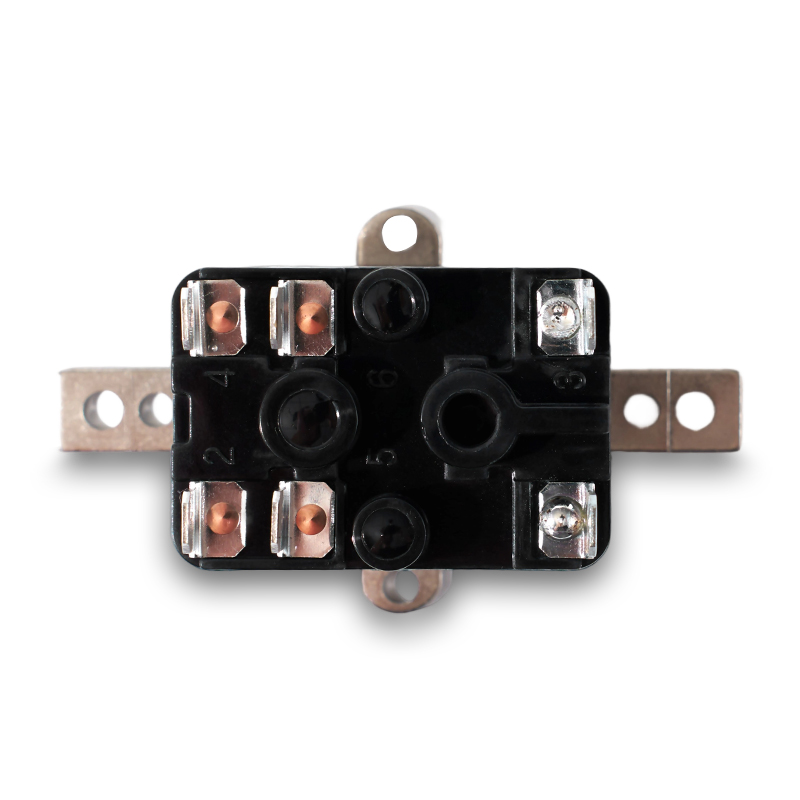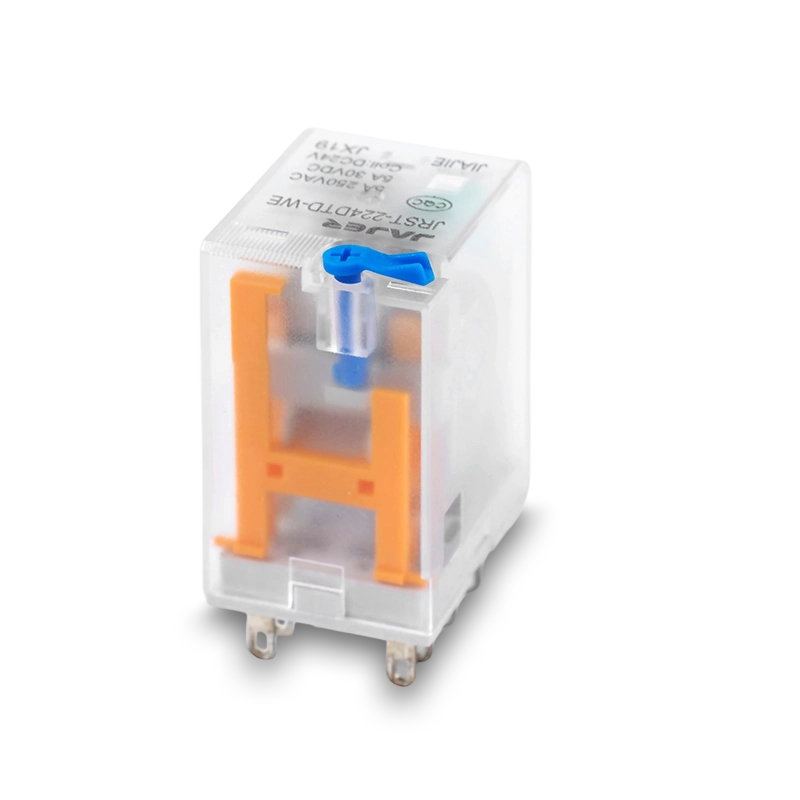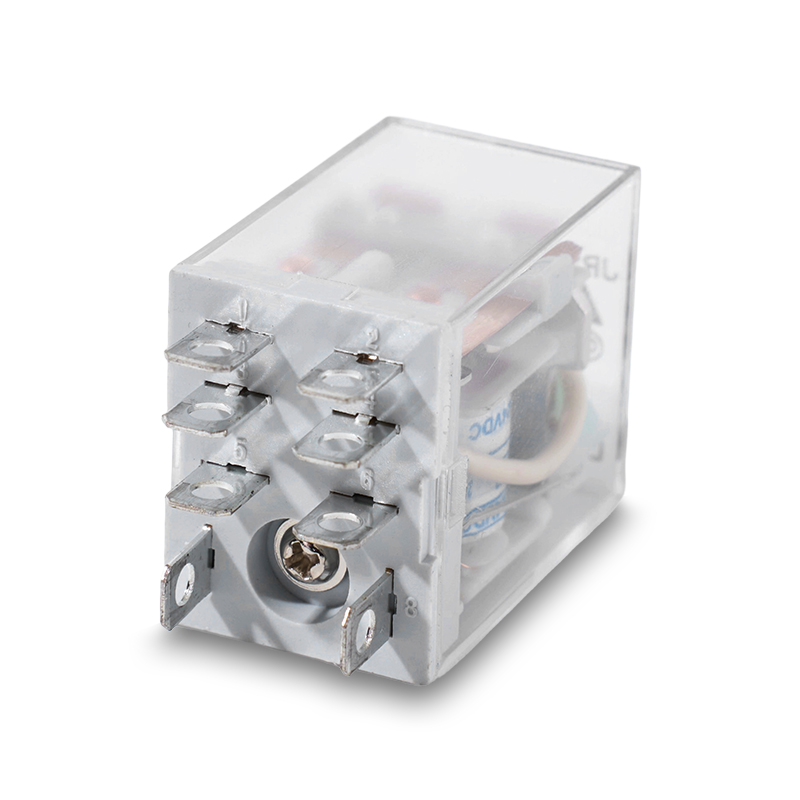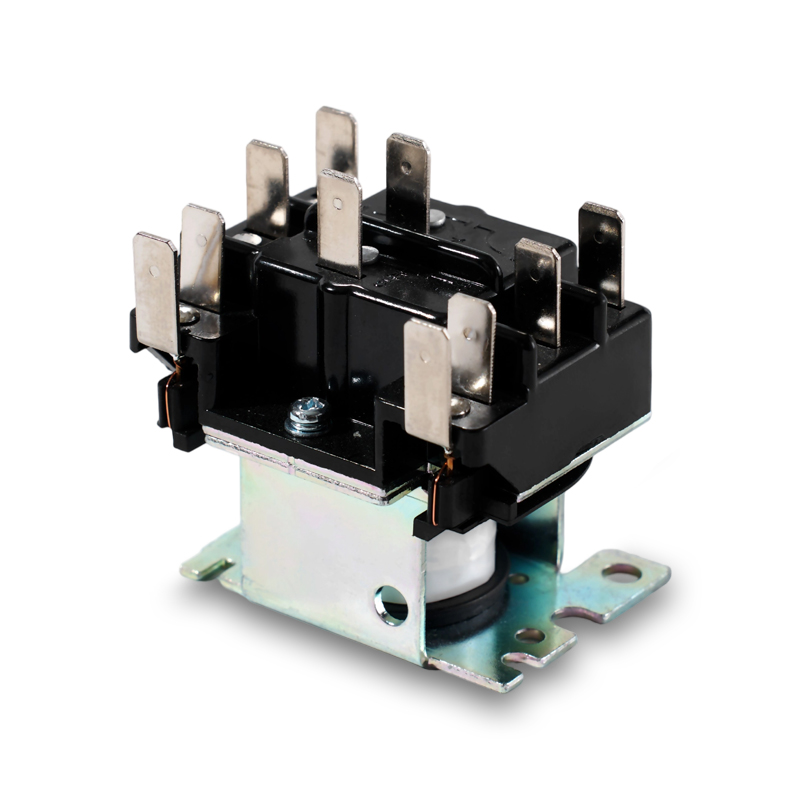

As essential components in various electrical and industrial applications, power...
Read More
When selecting the right Power Relay for your application, you may encounter two...
Read More
A power relay is an electrically operated switch that controls the flow of elect...
Read More
In industrial automation and electrical system design, selecting the right relay...
Read MorePower relays are critical components in electrical systems, designed to control high-current circuits with small input from control devices. They are widely applied in industrial machinery, home appliances, automotive electronics, and energy management systems. A key advantage of power relays is their ability to safely isolate control circuits from high-power loads, which protects sensitive components and improves overall system reliability. Many models are built to endure fluctuating voltages, temperature variations, and mechanical stress, ensuring consistent operation even under challenging conditions. Installation is generally straightforward, with standardized pin configurations allowing seamless integration into various systems. In addition to controlling motors, lighting circuits, and heating elements, power relays play an important role in emergency shutdown mechanisms, overload protection, and automated control sequences. Their robust design and long operational life make them practical solutions for engineers and designers who require dependable switching devices for both small and large-scale applications.
Miniature power relays offer similar switching capabilities to standard power relays while occupying significantly less space, making them ideal for applications where board area or panel space is limited. They are commonly used in control panels, automotive electronics, home automation devices, and small industrial equipment. Despite their compact design, these relays are capable of handling moderate current loads reliably and provide stable performance over repeated switching cycles. Miniature power relays are appreciated for their lightweight construction, which reduces stress on circuit boards while still maintaining sufficient electrical isolation between the control and load circuits. They often come with flexible mounting options, including PCB mounting and socket mounting, allowing designers to implement them in both new designs and retrofitting projects. By balancing size efficiency with dependable operation, miniature power relays help engineers optimize space and functionality in modern electrical systems.
Relay bases serve as practical interfaces between relays and the circuits they control, providing secure mounting and simplifying installation and maintenance. Designed to accommodate a range of relay types, they reduce wiring errors and support consistent electrical contact, which is particularly important in complex control panels and automation systems. Many relay bases include features such as snap-in or screw-in mounting, plug-in sockets, and clear labeling for wiring, making them convenient for engineers and technicians during setup or relay replacement. Using relay bases also improves operational efficiency in industrial environments, where relays may need to be frequently replaced or serviced. Additionally, relay bases enhance system safety by ensuring that electrical contacts are properly aligned and securely fastened, reducing the risk of loose connections or accidental shorts. Their widespread adoption in power distribution, automation, and control systems highlights their role as essential accessories in reliable electrical design.
Miniature relays are small, compact electromechanical switches designed for precise control in applications where space and energy efficiency are important. They are frequently used in communication devices, instrumentation, measurement equipment, and electronic control systems. Miniature relays provide reliable switching performance, fast response times, and stable operation under varying electrical conditions. Their small size allows them to be integrated into densely populated circuit boards or compact control panels without compromising functionality. Standardized mounting and pin configurations make installation and replacement straightforward, which is valuable in both prototyping and mass production environments. Miniature relays can also manage multiple circuits simultaneously or provide electrical isolation between sensitive components, making them versatile components in modern electronics. Their combination of compact design, reliability, and operational flexibility makes miniature relays an important choice for engineers designing efficient and controlled systems.